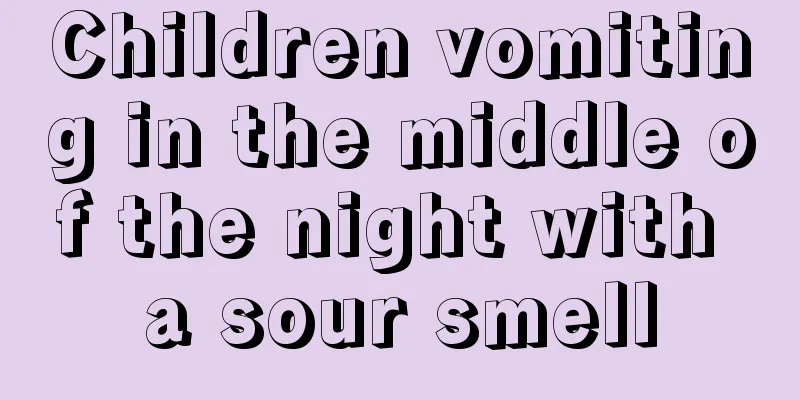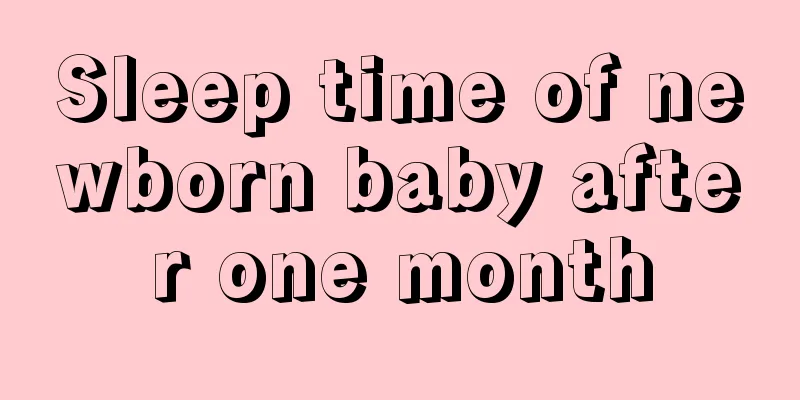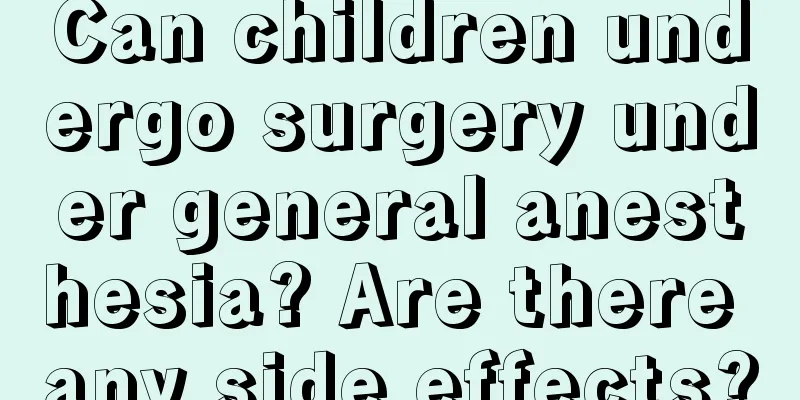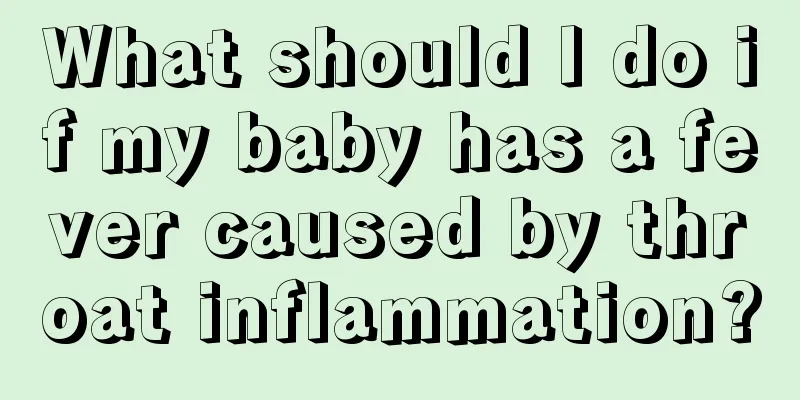Neonatal suction negative pressure

|
Although many mothers are particularly attentive and careful when taking care of their newborn babies, some small accidents may happen to babies. Sometimes mothers will find a whirring sound in the baby's throat. There are many reasons for this. When a newborn baby has phlegm in the throat, if the parents cannot handle it well, it is best to take the baby to the hospital for treatment. What is the negative pressure of suction for infants? The negative pressure during suctioning of children should not exceed 300 mmHg, which is equivalent to 40 kilopascals. If the child has choking and coughing and cannot sputum out, you can choose to use suction operation, with each suction time not exceeding 15 seconds. Suctioning is a commonly used nursing operation technique in clinical practice. The purpose of suctioning is to suck out respiratory secretions, keep the respiratory tract open, and maintain effective ventilation. The commonly used suction negative pressure for suctioning is 300-400 mmHg (40.0-53.3 kPa) for adults and <300 mmHg (40.0 kPa) for children. What to do if your newborn has phlegm 1. Pat the back When patting the back, parents can let the baby lie on your thighs with the baby in an arched back position, and use your hollow palms to pat from bottom to top and from outside to inside. The force of patting the back should not be too strong. Pat for at least 3-5 minutes each time, and pat 2-3 times a day. The back-patting method can not only loosen the phlegm in the child's lungs and bronchi, drain it into the trachea and discharge it, but also promote blood circulation in the heart and lungs, which is beneficial to the absorption of bronchial inflammation and enables early recovery from the disease. 2. Keep warm Because infants and young children have weaker immunity, they are more likely to catch colds and chills than adults, which can induce respiratory diseases such as tracheitis and bronchitis. Therefore, parents should take good warming measures and not let the baby catch cold. 3. Drinking water method For children who cough, the insensible water loss through the respiratory tract will be very high, and the airway will be relatively dehydrated, which can aggravate respiratory inflammation and the viscosity of secretions, making them difficult to cough out. Let the child drink more water, especially cold boiled water at about 23°C, which has a good moisturizing and physical therapeutic effect on the throat. Drinking more cold boiled water can dilute the viscous secretions, making them easier to cough out, which is beneficial for relieving cough and expectoration, and eliminating local inflammation. At the same time, cold boiled water can improve blood circulation, so that waste or toxins produced by the body's metabolism can be quickly excreted from the urine, thereby reducing its irritation to the respiratory tract. 4. Indoor ventilation To keep the air in the room fresh, open the windows regularly for ventilation. It is best to keep the indoor temperature at 18-22 degrees, but be careful not to let the cold wind blow directly on the children. The relative humidity should be maintained at 60%-65%. You can use a wet cloth to mop the floor to increase the humidity in the room. This is beneficial to keeping the respiratory mucosa moist and the cilia on the mucosal surface moving, which helps with the discharge of sputum. 5. Steam method Hold your baby in a steam-filled bathroom for 5 minutes. The humid air can thin the sputum and facilitate coughing. It can also reduce congestion and edema of the trachea and bronchial mucosa and reduce coughing. 6. Drug Law Children should be very cautious when taking medication. They should not take cough suppressants casually to avoid suppressing the cough center and making it difficult to expectorate. Children can take medication under the guidance of a doctor. Parents can also make Sichuan Fritillary Bulbs stewed with pears at home and let their children eat the pears and drink the juice, which is also helpful for reducing phlegm and relieving cough. |
<<: Children's over-flowering is a symptom
>>: The reason for high blood test in newborns
Recommend
What is the matter with the two-year-old baby vomiting and diarrhea?
Children's stomachs and intestines are not as...
What should children eat to soothe the liver, strengthen the spleen and nourish the stomach?
Children are most likely to suffer from indigesti...
How to train your baby to sleep alone?
After the age of two, children can sleep alone, b...
Child's head capillary dilation
Children often have fair skin because they rarely...
What are the white spots on children's nails?
When mothers take care of their children, they ar...
Reasons why children squeeze their eyes
The slightest movement of the child will affect t...
What are the causes of swollen eyes in children?
There are many reasons why children may have swol...
What causes farsightedness in children?
Hyperopia is also a common eye disease, and the s...
What to do if a 2-year-old child has a fever at night
A 2-year-old child has relatively weak body resis...
How many months after the baby is easy to take care of and how to detect the development level by yourself
I haven't worked since I became pregnant. It ...
Can neonatal dacryocystitis heal on its own?
Neonatal dacryocystitis is mostly caused by incom...
Why do children like to blink?
It's a good thing for some children to be liv...
How to feed newborns scientifically
Reasonable feeding methods can help newborns deve...
Why do children cry at night?
After a busy day at work, we parents really want ...
What are the methods for children to keep healthy in autumn?
Children themselves do not understand their own p...









